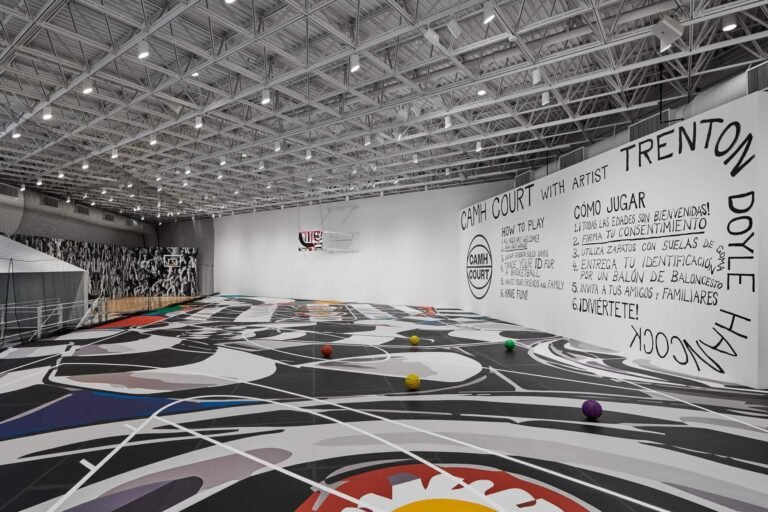‘Black Mirror’ Has Always Excelled at Dystopian Design—Here Are 5 Examples
In this episode, a woman pays for an irreversible service where she no longer has to think—or do—for herself. A part of her mind is removed, turned into code to be her personal assistant forever. Her home and body become just a place to exist, and nothing without a purpose remains in her life. There is no personality present in the space or its owner, who now is just a robotic version of herself as her conscience lives inside an egg that sits on her counter. She wants to be made whole again, to be able to express and think for herself, but that decision is no longer hers. The theme of detachment runs through the episode, from one’s self and also the home. Stark white, hyperminimal, and eerily pristine, there is room for everything and nothing all at the same time.
Season three: “Nosedive”
Pastels in the home always are just colorful enough to stand out while also conforming to the norm. In this episode, the characters live in a world where every single social interaction you have is rated on a scale from one through five, conformity and fakeness are key to survival. If you step outside the norm, your career, home, and entire future are in jeopardy. The entire universe in this episode is extremely curated to make it seem as though the entire world is perfect, falling flawlessly in line with the themes in the episode, which focus on popularity and validation from social media. Soft and superficially sweet pinks, greens, and blues serve as a cover for the far more ominous world these folks live in.
Season four: “Crocodile”


